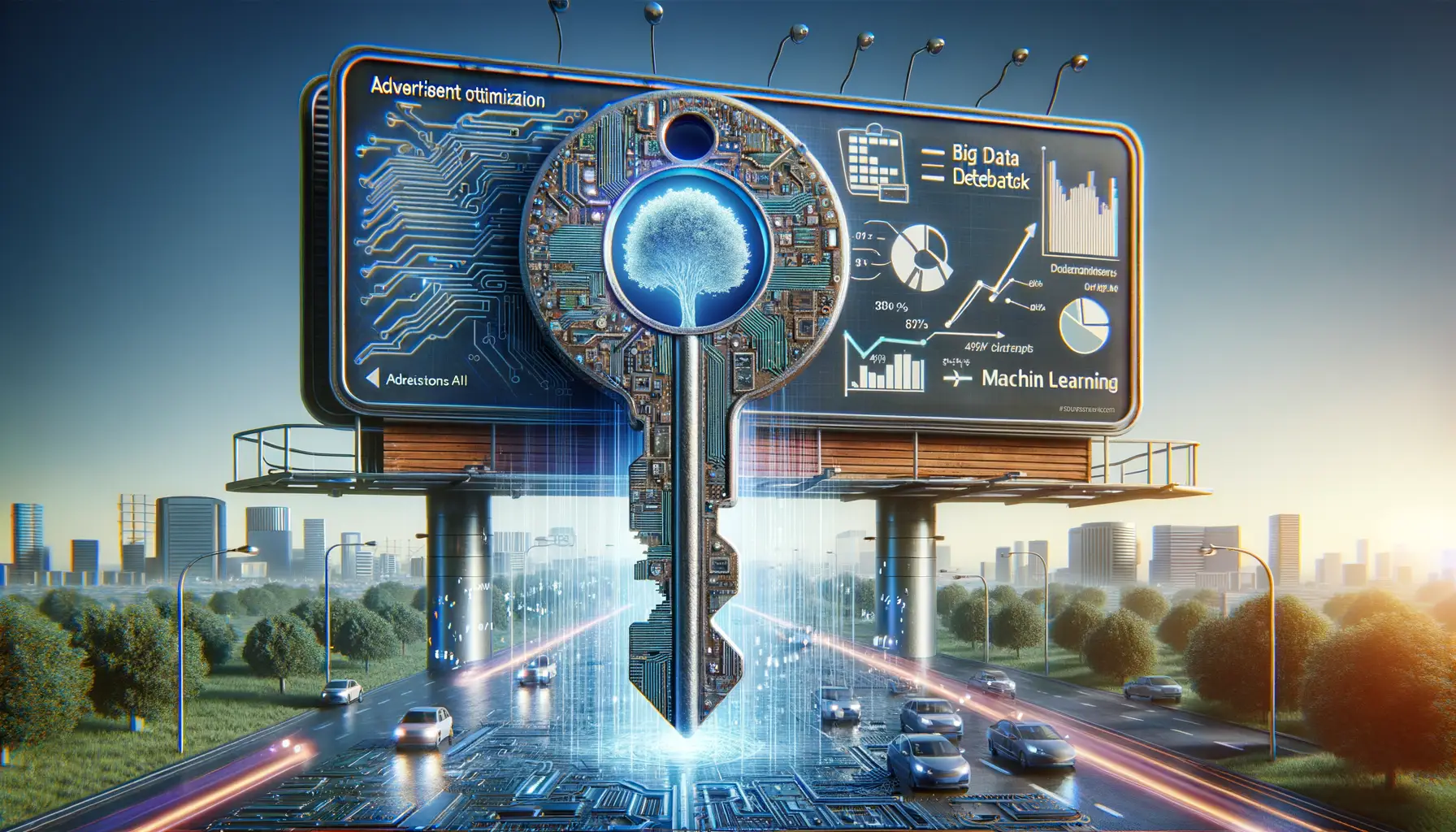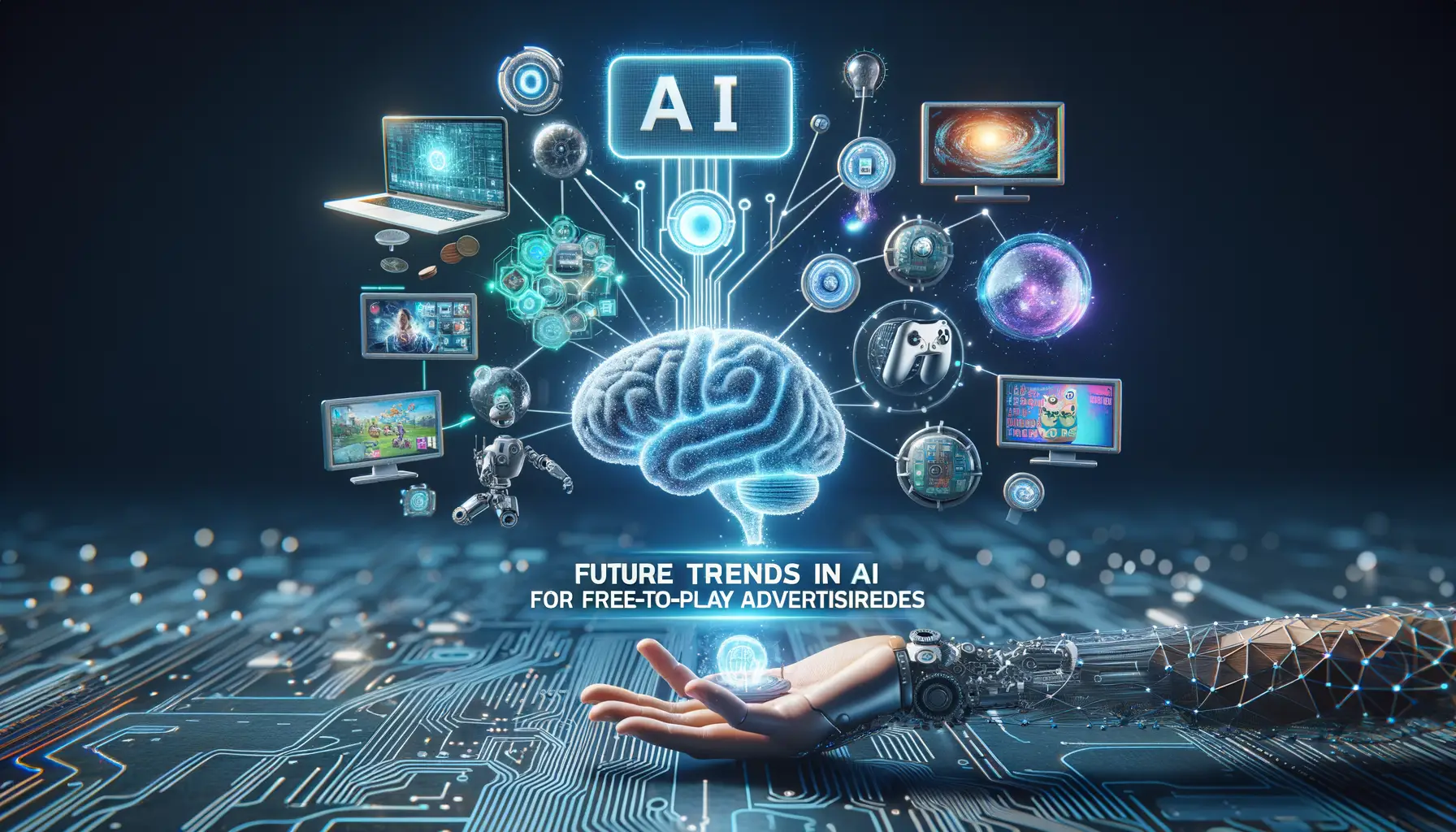Understanding AI-Driven Advertisement Optimization
Peering into the Magic of AI-Enhanced Ads
Imagine walking into a store where every shelf is stocked with exactly what you’re looking for. That’s the essence of AI-driven advertisement optimization—transforming your ad space into a treasure chest for users. By harnessing the potent mix of algorithms and machine learning, AI knows when to whisper the perfect ad into a player’s ear without breaking their gaming experience.
At its core, this technology observes user behavior like a meticulous detective:
- Which in-app features do they linger on?
- What times are they most active?
- Do they swipe past generic “buy now” ads or get hooked on story-driven promotions?
It’s not about shooting darts in the dark anymore; it’s precision.
Why Does AI Get It Right?
Here’s the secret sauce: contextual customization. AI doesn’t just slap ads on the screen; it curates them—like a personal shopper who knows your style better than you do. A casual gamer might be shown quick-hit reward ads, while a committed RPG fan gets deep-dive offers tied to exclusive quests.
That’s why when done right, players feel understood—not interrupted.
Benefits of AI in Free-to-Play App Monetization

Transforming In-App Advertising With AI
Picture this: you’re running a free-to-play app, and balancing monetization without annoying your users feels like walking a tightrope over a sea of bad reviews. Enter AI-driven advertisement optimization, your secret superpower to turn ads into seamless, revenue-boosting experiences.
One of the most exciting perks? AI learns your users better than you ever could. It predicts when and where to show an ad for maximum impact—without disrupting gameplay. Imagine a gamer completing a challenging level, and instead of being frustrated by an untimely pop-up, they’re served a perfectly timed reward video offering extra lives or coins. That’s not just advertising; that’s an experience.
- Smart segmentation: AI can divide your audience into micro-segments, showing ads tailored to different player behaviors and demographics.
- Real-time adjustments: Noticed an ad underperforming? AI reacts instantly, optimizing placements and formats before revenue takes a hit.
If you’re thinking about scalability—yes, AI has that covered too. Whether you’ve got hundreds or millions of users, it works tirelessly (no coffee breaks!) to ensure every impression counts. It’s like having a monetization guru who never sleeps.
Key Strategies for Implementing AI in Advertisement Optimization

Bring AI to Life in Your Campaigns
Imagine your advertisement campaigns as a dynamic, ever-evolving puzzle. The key piece? Artificial Intelligence. To harness its full power, start by integrating AI tools that can analyze user behavior in real time. A free-to-play app thrives on data—what games people play, how long they stay engaged, and when they’re most likely to tap on an ad. AI models like these practically serve as psychic guides, pointing you in the direction of higher conversions.
But here’s where it gets magical: A/B testing isn’t manual anymore. With AI-driven algorithms, you can instantly compare dozens of ad variations without lifting a finger. Ever considered which banner works better for a night owl versus a morning riser? AI knows.
- Dynamic Creative Optimization (DCO): Let ads self-adjust based on who’s looking at them.
- Audience Segmentation: Dive deeper than age and gender; segment by behaviors, moods—even binge patterns!
The Small Details That Make a Big Difference
Don’t just blast ads indiscriminately. Prioritize delivery timing, tone of messaging, and even emotional resonance with AI insights. Did someone pause a game due to a loss? Send a soft “revival” ad rather than a flashy sales pitch. Detail matters. And in this world, smarter is always better.
Challenges and Limitations of AI Solutions

When AI Isn’t a Magic Wand
AI might feel like wizardry when it comes to optimizing ads, but let’s face it—every wand has its quirks. While AI solutions bring tremendous potential, they’re far from foolproof. For starters, one major hurdle is data dependency. If the data AI feeds on is flawed or incomplete, the results can be just as questionable as asking directions from someone with no map. Imagine analyzing player behavior in your free-to-play app, only to find your AI made decisions based on outdated patterns. Oops.
Another sticking point? Overfitting and bias. AI can sometimes “overthink” things, jumping to conclusions that don’t mirror reality. Think about it: if an algorithm notices that users click on bright red buttons more often, it might suddenly recommend filling your app with nothing but red. Great for clicks? Sure. But tasteful design? Not so much.
- Scalability: AI doesn’t always grow gracefully with your app. More traffic? More headaches.
- Regulation concerns: When privacy laws meet AI’s hunger for data, expect friction.
The truth is, even the smartest tech has off days. Balance it with a touch of human ingenuity to smooth out the bumps.
Future Trends in AI for Free-to-Play Advertisements

AI-Powered Personalization: The Future of In-App Ads
Imagine an ad that feels almost like it was crafted just for you—like your favorite coffee shop knowing exactly how you take your latte. That’s the direction AI-driven personalization is heading in free-to-play apps. Using advanced machine learning models, ads will no longer just target broad groups; instead, they’ll zero in on users’ unique preferences, behaviors, and emotions.
Picture this: A gamer logs into their favorite mobile RPG after a long day. AI analyzes their recent game activity, notices they’ve been stuck on a level, and then serves up an ad promoting a special power-up. It’s not intrusive—it’s timely, helpful, and relevant.
The Rise of Contextual Creativity
Beyond cold, static banners, the future looks vibrant with interactive, story-driven ads powered by Generative AI. This tech could transform basic ads into mini-games or even AI-written stories that seamlessly blend with app themes. For instance, in a racing game, an ad for car upgrades could appear as an exciting side quest instead of a pop-up.
It’s an era of ads that entertain, engage, and feel like part of the fun—not an interruption.